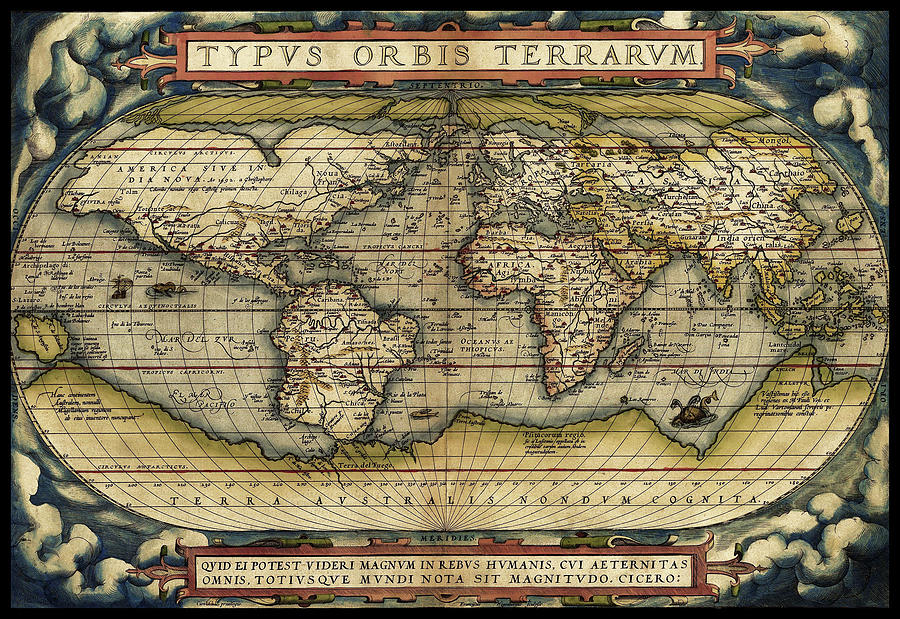

“It’s not so much the method that’s different it’s the epistemology and methodology. If a wildfire sweeps through an area and alters its appearance, Indigenous mapmakers can add a new chapter or verse to include that part of the story.

This means Indigenous maps can better account for the ever-changing nature of both the natural and built environment, not just serve as a static snapshot. It can be a story or a song that describes important places, landmarks and people’s relationship to the land. In Indigenous cartography, a map doesn’t have to be a physical image laid out on paper. But maps vary based on what the mapmaker values or needs: A topographical map centers different features from a map of oil deposits a map of state borders looks very different from a map of tribal lands. In its most basic definition, a map is a form of geographic reference that people use to locate something. The special edition includes examples from North America, Australia, New Zealand and South America.

“Decolonial” mapping is a movement seeking to recenter Indigenous mapping practices, not necessarily to replace mainstream Western navigational tools, but to respect and highlight Native culture and history through mapping. Maps are human-made, Barnd said, which means they can be unmade or remade, as well.īarnd co-wrote the introductory essay for the journal, in which he and other researchers explain that maps have long been a means of demonstrating and reinforcing territorial ownership. There’s an embedded political nature,” said Natchee Barnd, an associate professor of ethnic studies in Oregon State University’s College of Liberal Arts.įor example, he said, “Anytime you create a map of Oregon, you are reasserting, reclaiming and recreating the fact of that as a state. It’s always an interpretation and a representation of some value, some interest, whatever that may be. “People think of a map as somehow a translation of what is.
LIST OF WOMEN MAPMAKERS CARTOGRAPHICA SERIES
In this fall’s special edition of the Cartographica journal, Indigenous and non-Indigenous map scholars have published a series of essays on the history of mapping as a tool of colonization, and the current efforts by Indigenous groups to reclaim traditional names and spaces with their own mapping techniques. Amid growing national discourse around social and racial justice, a group of cartographers are diving into decolonial mapping as a means to recenter Indigenous voices and values.


 0 kommentar(er)
0 kommentar(er)
